#regency costuming
Photo



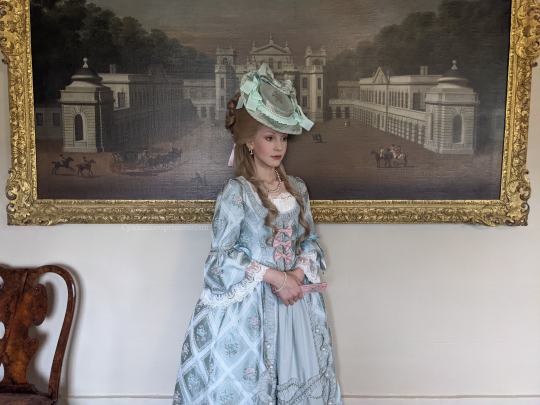
Some photos of Jasmine and I at my first historical dress meet up this summer~
CYNICAL NEO PRINCESSISM
#historical costuming#historical fashion#historical dress#18th century costume#18th century fashion#regency fashion#regency costuming#rococo fashion#georgian fashion#me
48 notes
·
View notes
Photo
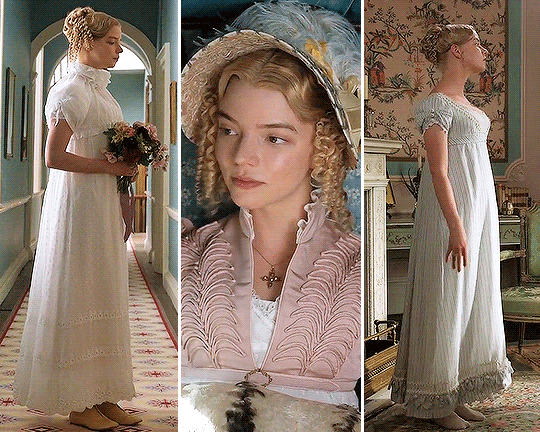
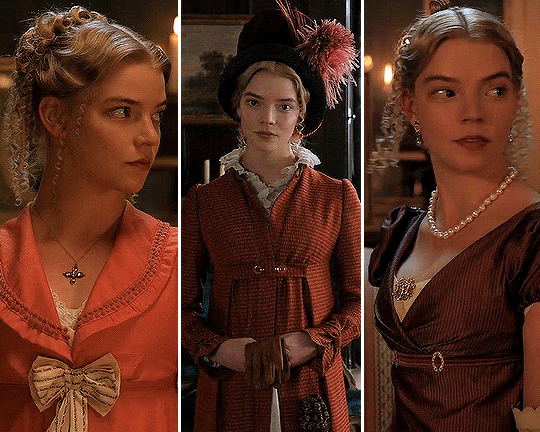


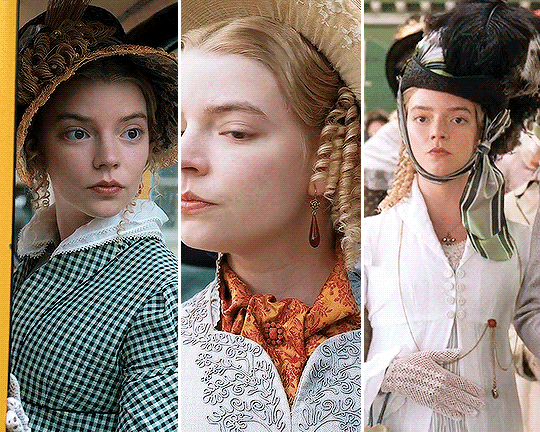

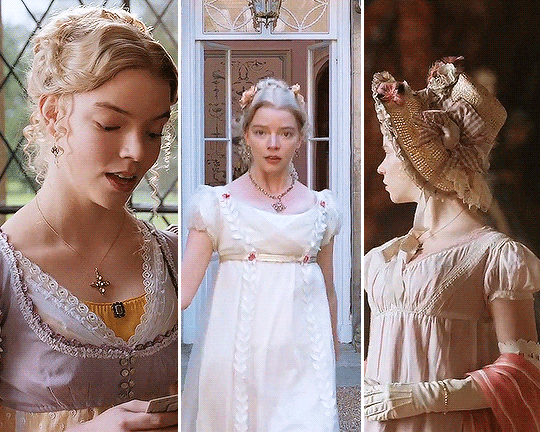

ANYA TAYLOR-JOY in EMMA. (2020)
dir. Autumn de Wilde, costumes designed by Alexandra Byrne
#emma 2020#anya taylor joy#perioddramaedit#filmgifs#filmedit#ndit#torn between this and the favourite for my fave costume designs. these r def my fave regency designs tho#they're so splendid ... absolutely perfect for the feel of the film
3K notes
·
View notes
Text

for the last day of lesbian visibility week, i wanted to share some updates of my queer regency webcomic, the masquerader! here's a character line-up with some costume designs of bella & prue.
the quick slug from my co-writer is "it's a regency lesbian love story between a woman who's cross-dressing after her life falls apart and a woman striking out on her own." and my contribution is: also there's murder and luddites!
we've been working hard on boarding it behind the scenes, and i'm hoping to have some pages out before san diego comic-con!!!
you can follow my instagram for comic updates or follow the tumblr we have set up for it!
❤️🧡🤍💗💜
#lesbian visibility week#queer comics#sapphic#wlw#sapphic comics#character design#character art#original character#costume design#regency#indie comics#webcomic#original art#the masquerader
184 notes
·
View notes
Text
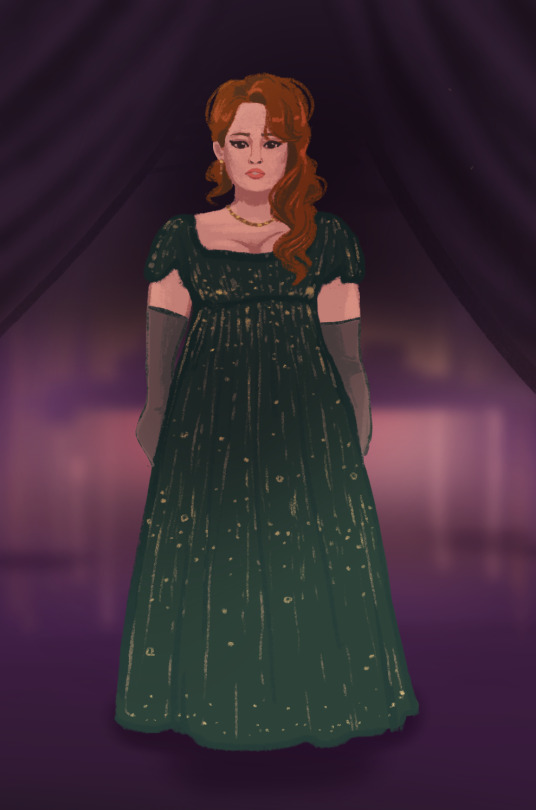
why am i so excited for the new bridgerton season
#its because its so pretty#i love the costumes so much man#bridgerton#bridgerton season 3#bridgerton netflix#penelope featherington#bridgerton s3#bridgerton fanart#costume design#regency#fanart#the emerald of the season#polin
157 notes
·
View notes
Text

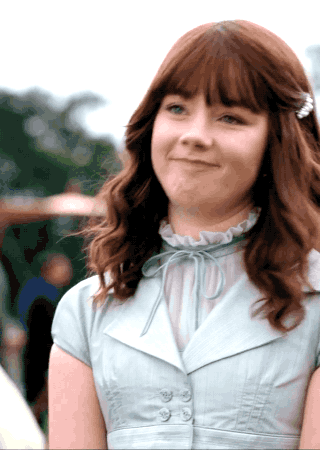

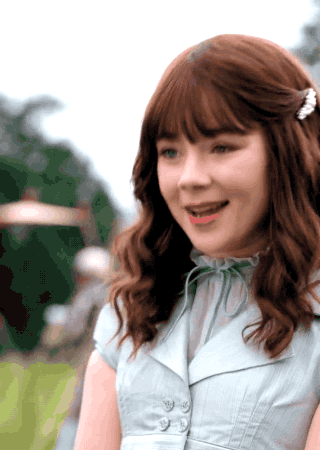
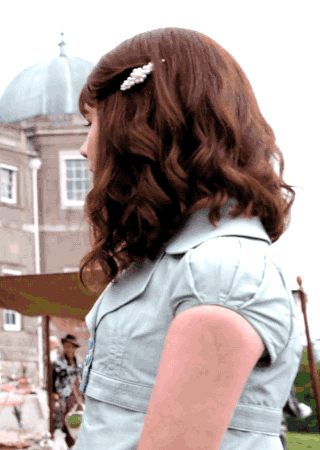

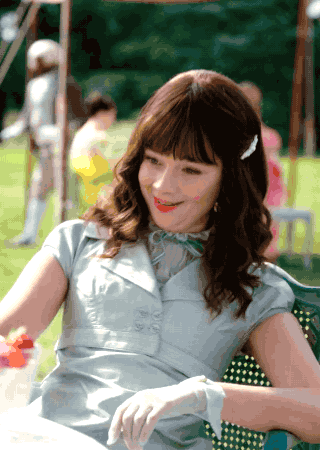


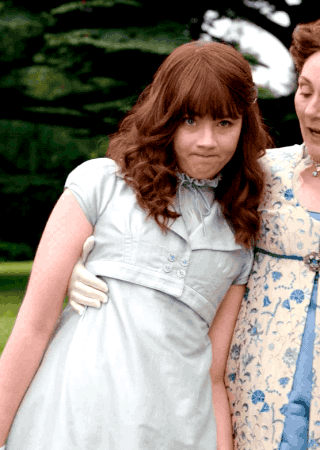
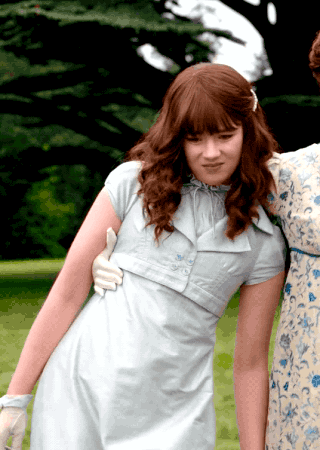
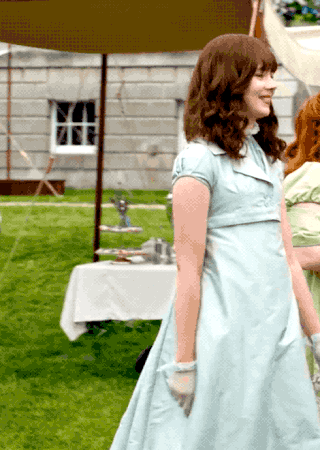
(Almost) Every Costume Per Episode + Eloise Bridgreton's light blue dress and spencer in 2x04
#Bridgerton#BridgertonEdit#weloveperioddrama#perioddramaedit#period drama#historical drama#Eloise Bridgerton#Victory#costumeedit#costumes#costume drama#Almost Every Costume Per Episode#Regency#Regency fashion#Regency era#historical fashion#Nineteenth century#1800s#Awkward-Sultana
234 notes
·
View notes
Text
A Song of Ice and Fashion- House Tyrell

ft. the hairstyles from my other series
I wanted the Tyrell’s and the reach to wear a lot of pastels and floaty fabrics since it’s described as being really warm all the time. I went with a regency style since the regency era is known for being romantic and flowery also the fabrics are perfect for warm weather since they allow sweat to evaporate really easily. I also just really like the empire waist for the Tyrell’s since it would be really uncomfortable for a warm weather area to have tight fabric along the entirety of the torso.
#asoiaf#a song of ice and fire#game of thrones#asoif/got#asoiaf fanart#asoif fanart#house tyrell#fashion#asoiaf fashion#regency#costume design#empire waist
195 notes
·
View notes
Text
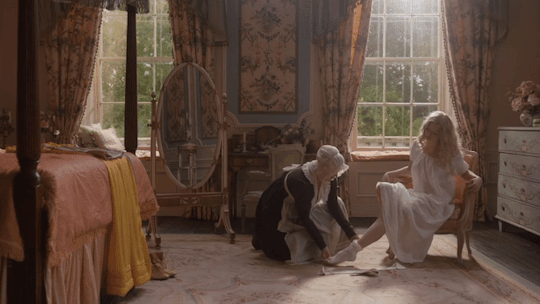
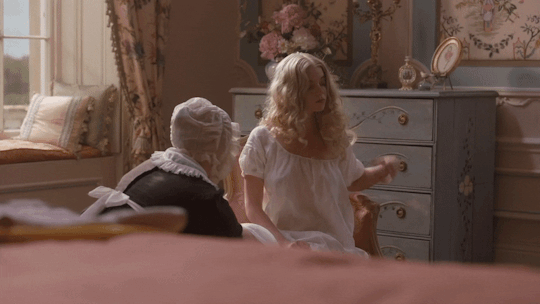
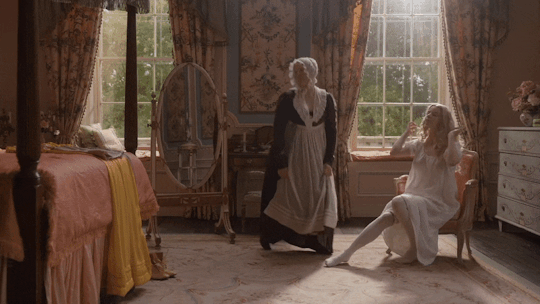
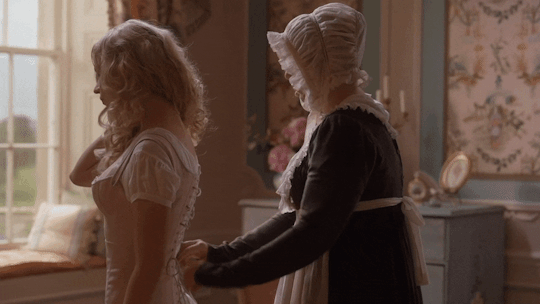

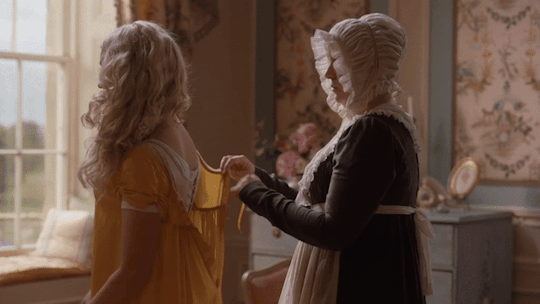
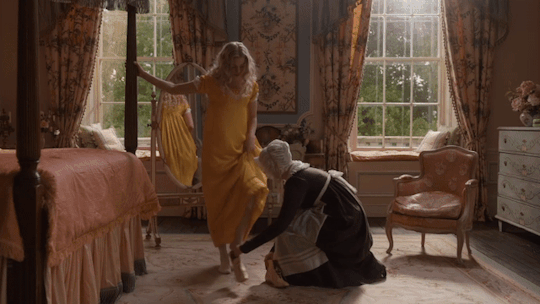
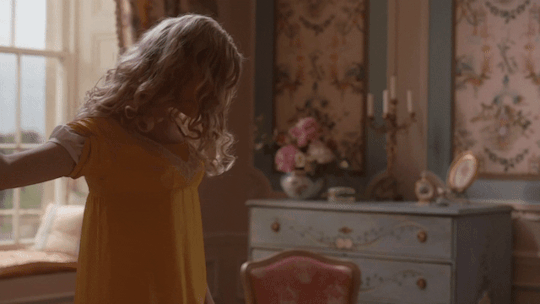


Anya Taylor-Joy in a deleted scene of Emma. (2020)
#anya taylor joy#anya taylor-joy#emma.#jane austen#austen#autumn de wilde#emma woodhouse#period drama#period film#regency era#movie#movies#film#movie gifs#film gifs#gif set#getting ready#costume#beautiful people#beautiful women#beautiful#actress#deleted scene#1800s#book to film#book adaptation
255 notes
·
View notes
Text



If you recall, green dresses are a personal favorite. And this one is up there in my all-time list. I first ran across it when I was doing research into the history of velvet for one of my ThreadTalk subjects and I could not look away. This looks like a magic gown made of moss, and if I wear it, I may find my way to Faerie.
The date on the gown is somewhere between 1885-1888, and it was made in Scotland by Gowan and Strachan, and is from the National Museums Scotland collection.
Velvet gets a bad rep from its egregious overuse in the 1970s, but a dress like this would be made of silk velvet. If you've ever been lucky enough to touch it, you'll know it's a totally different experience than polyester crap. The way light hits this gown is absolutely ethereal!
Image © National Museums Scotland
#1880s fashion#history of fashion#regency fashion#fashion history#historical costuming#silk dress#victorian fashion#costume history#late victorian fashion#threadtalk#green dress
1K notes
·
View notes
Note
Hi! I just read your analysis of the P&P 2005 costumes. I'm currently in the process of researching Regency-period fashion for fic purposes; I'm writing a f/f story in a slightly alternate Regency world in which on top of regular marriages, parents (especially in the higher classes) could and did arrange for gay marriages for those of their children who wouldn't inherit - the principle being that the parents could set these couples up with a part of the estate that, upon those couple's death, would revert back to the estate to be inherited onwards, and thus not mess with an entailed estate all that much.
Anyway, long story short, my thought was that in these marriages, there would *still* be a masculine and feminine role, just independent of gender - and there would be according fashions. So, for example, a man's three-piece suit for a woman who took the masculine role in a f/f marriage, just cut towards the female figure, and perhaps with other nods towards the wearer's gender too, and similar for a man who took the feminine role in a m/m marriage.
I just wanted to reach out and see what you think of this and see if you'd have as much fun thinking about this as I have!
Thank you for your message, this honestly sounds really cool!! I think it's very interesting idea to come up with reasoning how arranged same sex marriage would work in a Regency class and land ownership system. I absolutely had so much fun thinking about this, maybe too much fun because look at how long this post is :'D You are entirely free to ignore all of this, I just had a lot of ideas, since your story has such an interesting premise. If you any of this catches your fancy, use it however you like!
I think it makes sense that in a very patriarchal and gender essentialist Regency society the couple would be expected to perform heterosexuality even while literally being in a gay marriage. What you described, men's clothing fitted to women's undergarments, is basically what costumes for breeches roles were usually in theater, roles for female actors, usually as a young leading boy. (Reverse roles, male actors playing female characters, usually elder/motherly roles, were just as common.) Another approach could be to use the women's silhouette, skirt with empire waist, but otherwise the clothing is similar to men's fashion. While most women's Regency styles were particularly strongly contrasted with men's styles, there was quite a lot of masculine styles too, which might work for that purpose.
I think the approach that would make most sense depends on how you want the gnc people seen and understood in the althis society of your story. In Regency society cross-dressing, women wearing pants and men wearing skirts, was seen as stepping into the other gender role. Cross-dressing was not acceptable outside theater, and people who did it needed to be stealth. So if you vision them taking the role of the opposite gender fully and not just in their relationship - living as the opposite gender and treated like that gender (for example the gnc women are allowed men's education and gnc men are not etc.) - I think it makes more sense that they would be using similar clothing as the costumes of the cross-dressing roles in theater. In that specific position it would then become acceptable to cross-dress. But if you envision them more in the societal positions of their own/assigned gender, and just embodying some opposite gender roles, especially in their marriage, I think it might make more sense for them to use the basic silhouettes of the fashion of their gender but in style the opposite gender.
So if you're interested, here's some historical styles and some additional ideas that could work as inspiration.
Before Renaissance men and women's fashions were not separate, but they started drifting apart when wearing skirts became unacceptable for men (which I have a whole long post about). However, very quickly women's fashion started to take influence from men's fashion for certain styles. Riding habit was the first one of these masculine styles for women. It originated from 17th century as men's clothing but with a skirt. From very early on men's military uniforms were a huge influence. A distinctive feature compared to other styles is the long trail so when the woman sits on the horse, her legs are not too exposed. Here's some regency examples. First example is from mid 1797-98. The bodice is exactly in the style of men's fashion of the period. Second is from 1808 in a very militaristic style.
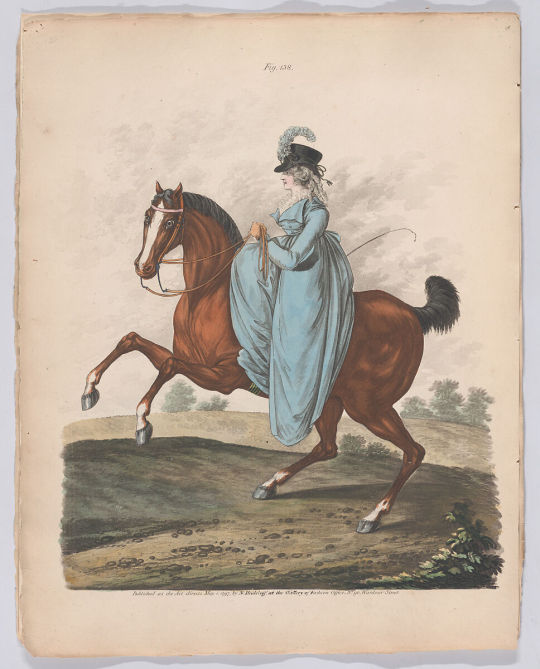
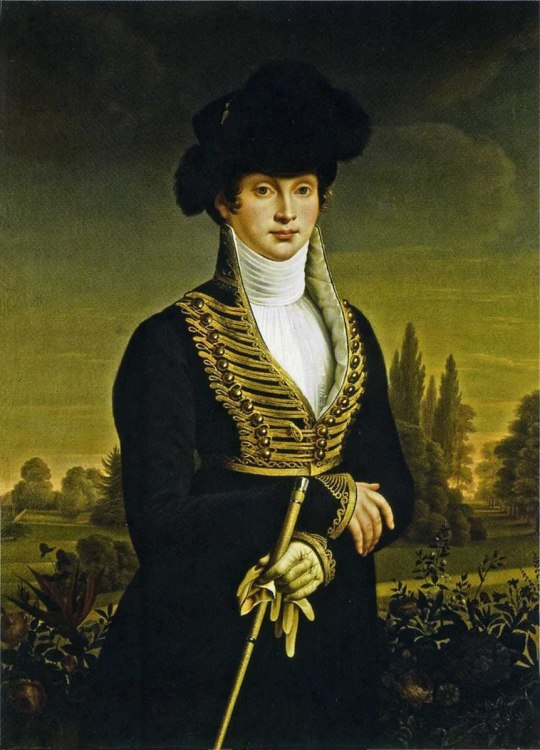
Redingote or pelisse was a long walking dress often in the masculine styles of the riding habit. It was adapted from riding habit to fashionable day wear for outdoors in 1780s. It started as very masculine in line with riding habits, but in 1800s styles without the masculine elements also appeared. Though masculine and military styles were still common. Here's first a redingote from 1800, which follows masculine fashion of the day very closely. The second is from 1810s and has collar from men's fashion and detailing and color are loose references to military styles. The third one is quite military inspired redingote from 1814. It has long train and was probably for carriage rides.
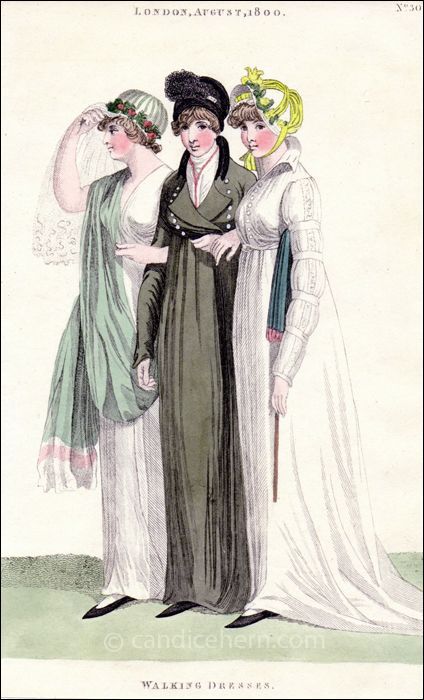


Spencer was a very short casual jacket, modelled after men's fashion again. It became fashionable in 1790s and in the following decades it gained many variations, some not at all masculine in style, and some for formal usage too. Here's very masculine styles as examples, first is from c. 1799, second from c. 1815.
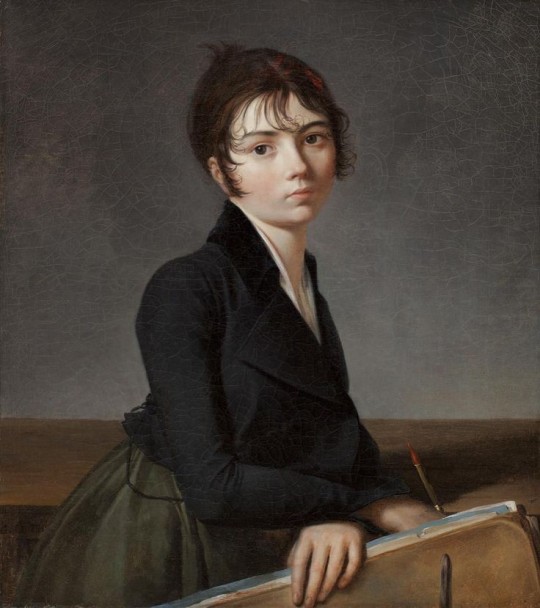

One last trend I'll mention is very short hair imitating Roman men's hairstyles, which became very fashionable for men after the French Revolution, but very similar hair for women became a trend in late 1790s. It was a bold style but for couple of decades it was very popular. I think the woman in the first example above is growing out her Titus cut. There's a little tuft on top of her head, which makes it look like her hair isn't long enough for a bun but secured at the back anyway. Here's couple of actual examples. First is from early 1800s, specific date unknown, showing a slightly longer than usual version of the style. Second is from around the same time, 1798-1805, displaying very well how hair was cut to imitate side burns, which were fashionable for men. The third example from 1809 has the typical cut, where it's very short in the back of the head and little longer and curled in the front.


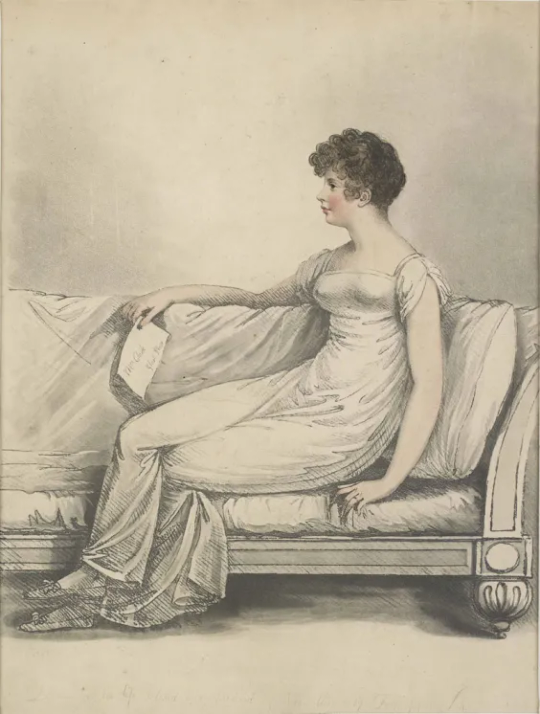
Many Regency sapphics did favour these styles, since they were acceptable ways to present in a more masculine manner. Anne Lister, perhaps the most famous Regency lesbian, presented very masculinely in her portraits. Below her outfit looks like a redingote in this 1822 painting. An infamous upper class Irish sapphic couple, Eleanor Butler and Sarah Ponsonby, lived together for decades in Whales. Here's an illustrations of them from 1818 in their older age wearing masculine redingotes and sporting Titus hairstyles.
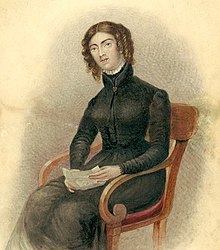

I think in a society where gnc queer people are part of the system, they might have their own slightly different dress codes. For the gnc women/afab people I'm thinking their evening dress might have redingote or spence or perhaps open robe in style of men's evening wear which was black with white cravat (second image below). The open robe could be something like the first image below but fully black, tailored, with large lapels, high collars in the white chemisette and white cravat.


Men's gnc fashion is much harder problem since femininity in men was much less (and still very much seems to be) accepted than masculinity in women. I think it's the old patriarchal superiority of masculinity issue (even if women shouldn't break gender roles at least they are "upgrading", while men would be "downgrading"). I think it might be interesting thought to take inspiration from the styles previous to French Revolution. Regency men's fashion (all Regency fashion really) was result of the French Revolution. I talk more about it in this post, but previously manhood and womanhood had only really been fully available for the upper classes and they were based mostly on displays of wealth. The revolutionaries rejected the aristocratic gender construction and instead created their own. It was based less on class and more on the gender (and racial, but we won't have the time to touch on that here) divide. Aristocratic gender expressions were deemed decadent and the bad kind of feminine. (French Revolution may not have been the origins of the Madonna-whore complex, but they certainly cemented it to the public conscience.) That's how men's Regency fashion was stripped out of colour, detailing and luxurious materials, the overt displays of wealth. New masculine styles were all about evoking militarism, country side and practicality of a working man. Most of it was aesthetic and the class structure remained, but altered heavier in the lines of gender and race/ethnicity. To show you how the fashion was seen, here's couple of satirical cartoons both from 1787 literally calling men wearing the more courtly flamboyant styles women. (First source, second source.)
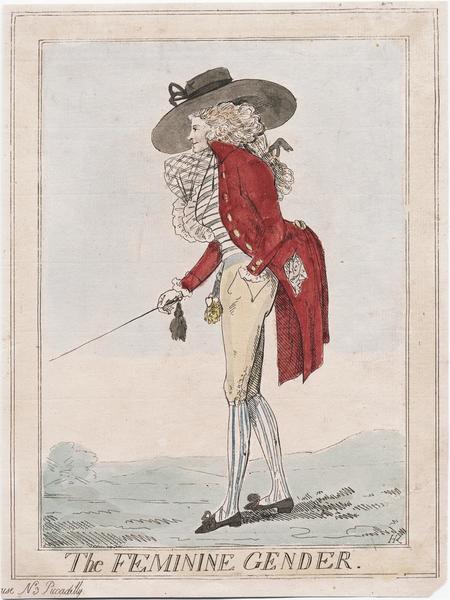

It's not entirely unrealistic that the outdated fashions would remain along the new styles. Courts were resistant to change (especially since the change had anti-monarchist implications) and upheld the outdated dress codes, so court suits were very much continuation of the fashion prior to the revolution (though court suits too started to become increasingly subdued by the 1820s). Here's examples from 1805 and 1813.

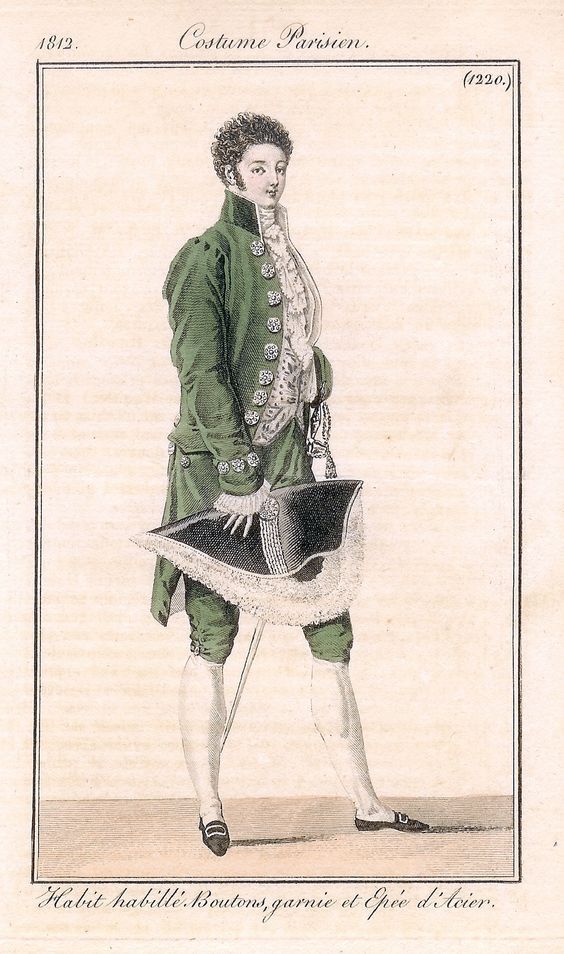
In an alternative historical world like this, I think the pre-revolution styles might have kept on and evolved as a more feminine version of the more general men's fashion. Since masculinity had been tied with rural areas and working class, I think the gnc men's style wouldn't have lapels or turned down collars, which originated from working class clothing, but upward collars like in the 18th century dress coats and Regency court suits (maybe downward collars in informal coats, but not lapels). Maybe they would keep on with the long hairstyles where they tie up their hair with a ribbon, though I don't think they would keep powdering the hair as it went out of fashion for women too. Instead they might style the front of the hair similar to women by cutting hair shorter in the front (basically a mullet) and curling the front of it to frame the face. I don't think they would be wearing the loose trousers, which were very strongly working class till the beginning of 1800s, when they started to be accepted as informal wear for upper class men. Though I think pantaloons would become informal part of feminine men's fashion after general men's fashion would start accepting them as formal wear around 1810s. Here's some examples from 1780s, which could be used as inspiration. First is from 1785-1790, second is from 1788 and the third is from c. 1770.

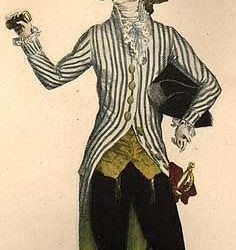

Dress coats were used still in the Regency era not just in court suits but also in morning dress. The cut and silhouette of men's fashion changed after the 1780s, most significantly with the shorter waistcoats. Here's couple of morning riding dresses (they have riding boots) from 1801 and 1806. I envision the feminine men's style as using the fashionable cuts and silhouette of the day, but combining them with the less structured and finer fabrics, patterns, colours and embelishments of pre-revolution styles. In evening wear I think they could wear white, like women, or at least light colours.
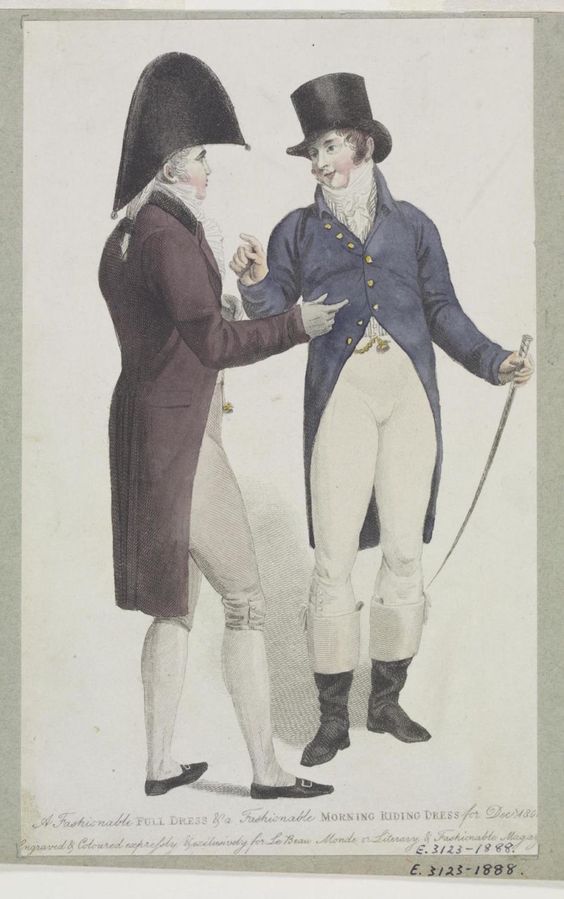
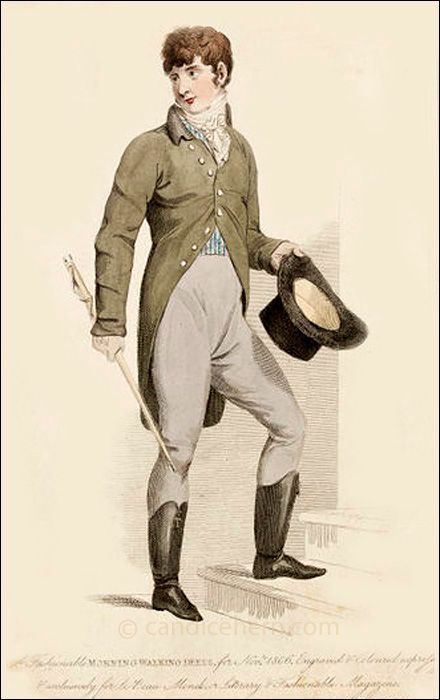
Okay, here's finally all my ideas, I had much more of them than I initially thought! It was so much fun to think about an alternative history like this, so thank you very much for your ask! I hope you found this fun or interesting to read at least, but please take my ideas as just my opinion and if any of it contradicts your vision, just ignore it. It's fiction and an alternative universe in addition so you can follow history just as much or little as you like.
Basically, your story sounds very cool, and I wish you good writing!
#historical fashion#fashion history#history#fashion#historical costuming#dress history#extant garment#costuming#regency fashion#fashion plate#painting#answers#queer history
108 notes
·
View notes
Text


Lords of the Wing Fashion Plates
Thank you to Aabria Iyengar @quiddie, Emily Axford, Lou Wilson for some of my favorite d10 characters: the cousins Chirp and Squak.
A Court of Fey and Flowers is one of my favorite @dimension20official seasons so I’ve been meaning to take my own stab at designing Regency inspired looks based on the brilliant character art of @faithschaffer
Also inspired by classic fashion plate engravings, the Victoria Crown Pigeon, and Secretary Bird of course.
#lords of the wing#the lords of the wing#a court of fey and flowers#acofaf#d20#dimension 20#trrpg#lady chirp featherfowl#lord squak airavis#regency era#regency fashion#emily axford#lou wilson#aabria iyengar#might do more#but I definitely wanted to draw these two#regency costume
121 notes
·
View notes
Text


Me-made ballgown for The Lafayette Ball in Fayetteville, NC this weekend. What a fun time!
#regency#regency fashion#me made#historical costuming#historical fashion#fashion history#sewing#jane austen#Lafayette ball#regency ball#ball gown#English country dancing
184 notes
·
View notes
Text
“regency hairstyles are ugly, bonnets are dorky, jane austen is not comedic enough, jane austen heroines aren’t modern enough, every regency adaptation needs to be quirky -”

#im so tired.....#what filmmakers need to understand that in a period drama i want historically accurate hairstyles and costumes + diversity#and when you adapt a jane austen book don't you dare change the tone for markertability#jane austen#regency#pride and prejudice#persuasion#persuasion 2022#persuasion netflix#text post by me#post by me
2K notes
·
View notes
Text
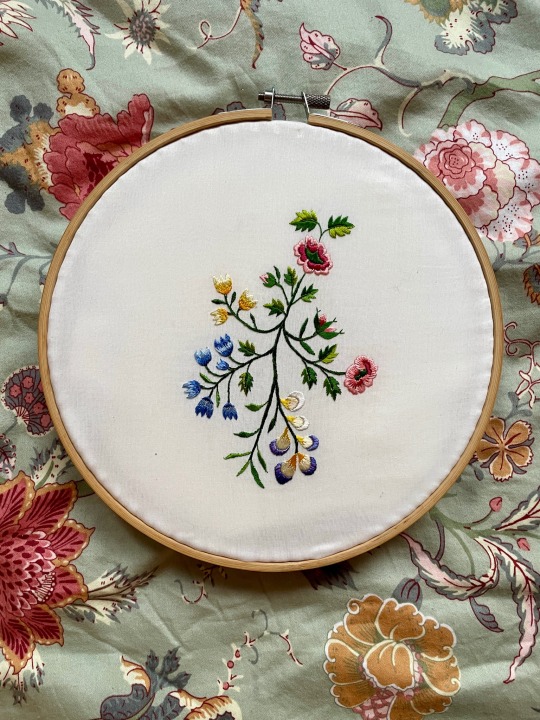

finished the second silk sampler (so fourth overall) for my Emma (2020) embroidered proposal gown!! time to actually make the dress
#embroidery#Emma 2020#emma woodhouse#my work#emma wip#wip#sewing#regency#historical fashion#historical costuming#regency fashion#historical sewing
90 notes
·
View notes
Text

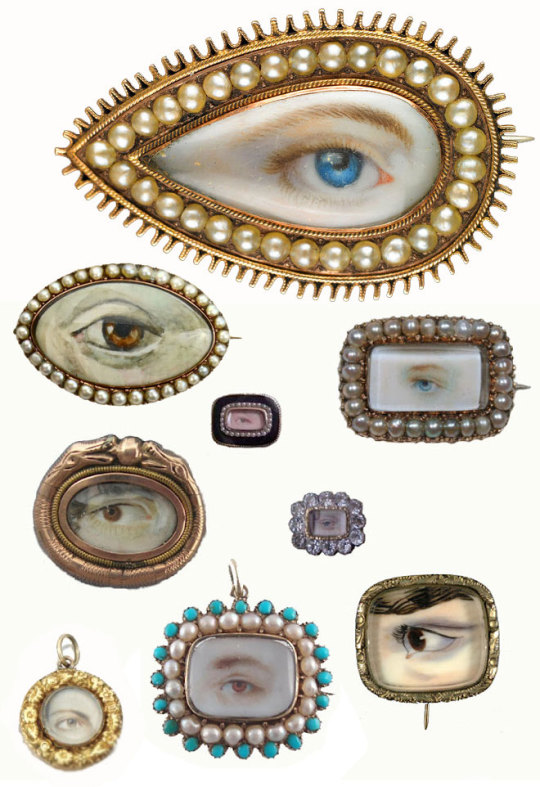
a wip of prue from our queer original graphic novel set in georgian england. yes absolutely the lesbian regency comic features lover's eye jewelry and the gendered gaze as a motif, next question
(thank u to everyone who lent me their eyes!!! stay tuned 2 find out how you too can be turned into a fun regency bg character in a panel)
#regency#sapphic art#wlw art#lgbtq comic book#historical costuming#the masquerader#regency fashion#original graphic novel#indie comics
189 notes
·
View notes
Text




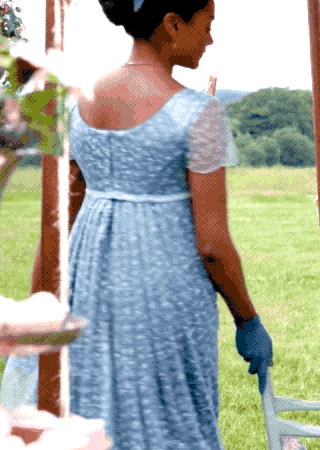
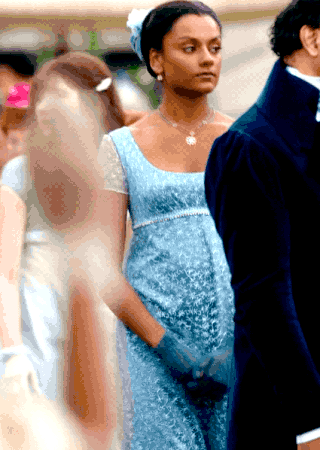
(Almost) Every Costume Per Episode + Kate Sharma's light blue gown with white embellishments in 2x04
#Bridgerton#BridgertonEdit#weloveperioddrama#perioddramaedit#period drama#historical drama#Kate Sharma#Victory#Regency#Regency fashion#Regency era#historical fashion#Nineteenth century#1800s#costumeedit#costumes#costume drama#Almost Every Costume Per Episode#Awkward-Sultana
166 notes
·
View notes
Text
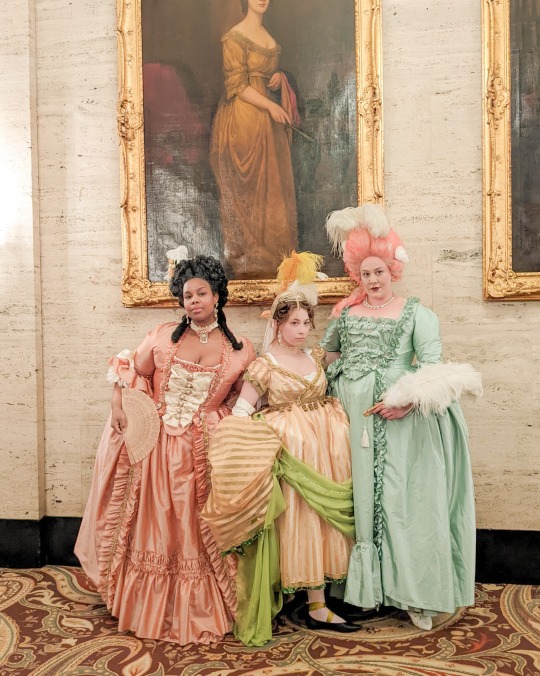
https://www.instagram.com/reel/CdbsVXWPZSn/?igshid=YmMyMTA2M2Y=
#I swear I will fight whoever so much is breathes about a certain three sisters from an opera I do not give a shit about#18th century#marie antoinette#regency#historical fashion#georgian fashion#royal aesthetic#madame du barry#princess aesthetic#dido elizabeth belle#bridgerton#elizabeth bennet#bridgerton experience#madame du pompadour#regencycore#historical costume#mignonne#2022#black people in period clothing
2K notes
·
View notes